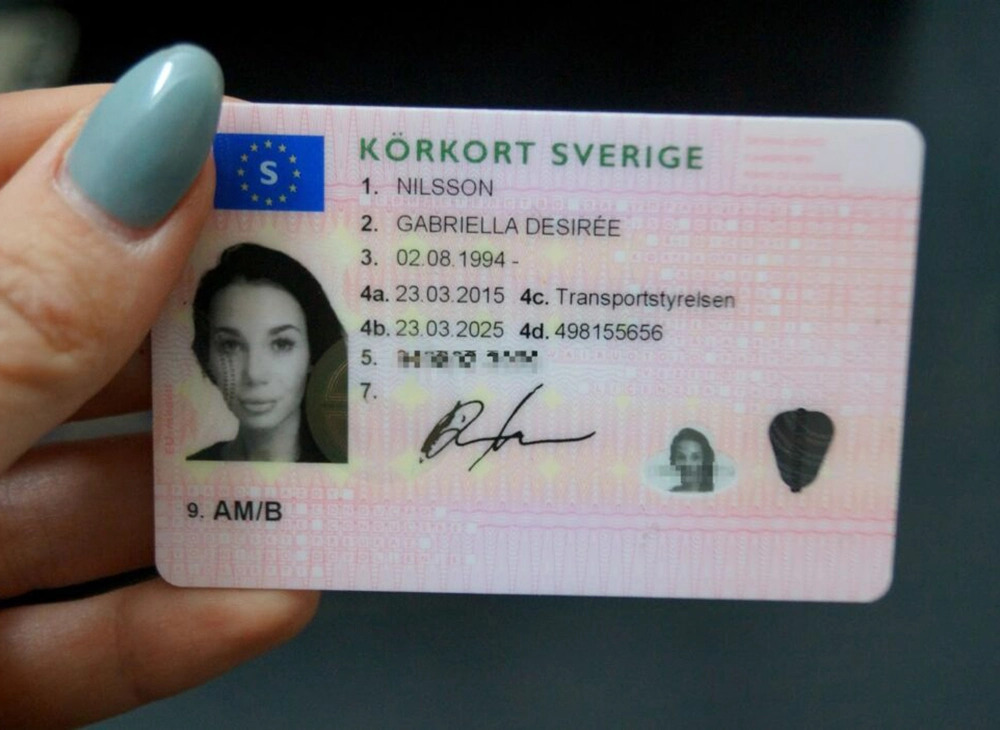Browsing the Digital Road: The Evolution of Online Driver's License Experiences
In an age where technology permeates every aspect of our day-to-day lives, the process of acquiring and renewing a driver's license has transformed, moving from laborious wait times at DMV offices to structured online experiences. This shift not just boosts convenience however likewise reflects wider patterns in digitalization. In this post, we will explore the development of online driver's license experiences, the benefits of digital processes, and the difficulties that stay in making these services as efficient as possible.
The Shift to Online Services
Traditionally, getting a driver's license included long lines, prolonged documents, and in-person visits that might take in a whole day. As technology advanced, many state departments of motor vehicles (DMVs) acknowledged the need to modernize their services. In the early 2000s, some started introducing basic online services, such as license renewals and duplicates. However, it wasn't till the COVID-19 pandemic that the urgency for comprehensive online systems genuinely accelerated.
With social distancing procedures in place, DMVs accelerated their digital improvement. Many states adopted easy to use sites and mobile applications, permitting locals to handle a variety of jobs-- from getting authorizations to scheduling driving tests-- without ever checking out a workplace.
Benefits of Online Driver's License Services
Convenience: Online applications give users the flexibility to finish documents at their own rate, whether in the house, on the go, or throughout off-peak hours. The dread of waiting in line is now a distant memory for numerous people.
Accessibility: Digital services enable much easier gain access to for those with specials needs or those living in remote areas. Individuals can navigate the procedure without the barriers that physical places might provide.

Time Efficiency: By lowering the time invested in line and lessening the variety of in-person visits, users can conserve hours, which can be reinvested into more efficient pursuits.
Environmental Impact: Digital processes help to minimize paper use, adding to more sustainable practices. Online types and documentation change the mountains of documents that frequently accompanied driver's license applications.
Enhanced Security: With developments in innovation, many online platforms now utilize advanced encryption techniques to protect personal details, reducing the dangers connected with identity theft.
Obstacles in the Online Experience
While the shift to online services has actually brought various benefits, it has actually also presented challenges.
c körkort online pris Divide: Not every person has equal access to innovation and the internet. Low-income individuals or those residing in rural locations may deal with difficulties finishing online processes, leading to disparities in access to necessary services.
Technical Glitches: Like all digital platforms, DMV sites might experience interruptions or bugs, which can annoy users trying to navigate the procedure. Anticipating a seamless transition may lead to disappointment for those facing technical concerns.
User Experience: Not all online systems are user-friendly. Some sites or applications may do not have user-friendly designs, making navigation cumbersome and complicated for users, especially those who are less tech-savvy.
Verification Processes: Ensuring that online applicants are who they state they are can be challenging. States need to balance ease of gain access to with the requirement for robust security steps, which can make complex the online experience.
The Future of Online Driver's License Services
Looking ahead, the future of online driver's license experiences is poised for more enhancement. States are significantly integrating innovations such as expert system (AI) and maker learning to simplify verification processes and predict user needs. In addition, the adoption of mobile ID solutions might reinvent how individuals carry their recognition, making it as hassle-free as utilizing a mobile phone app.
Moreover, as governments acknowledge the significance of inclusivity, future advancements might concentrate on bridging the digital divide through community programs targeted at improving digital literacy and access.
Conclusion
The shift to online driver's license services has transformed an as soon as laborious job into a more efficient and user-friendly experience. While obstacles stay, the benefits of benefit, availability, and enhanced security are indisputable. As innovation continues to progress, so too will the processes surrounding driver's licenses, standing as a testimony to the power of digital improvement in simplifying and enhancing the lives of everyday people. Whether for new drivers seeking their first license or experienced motorists renewing theirs, the road ahead is certainly a digital one.
